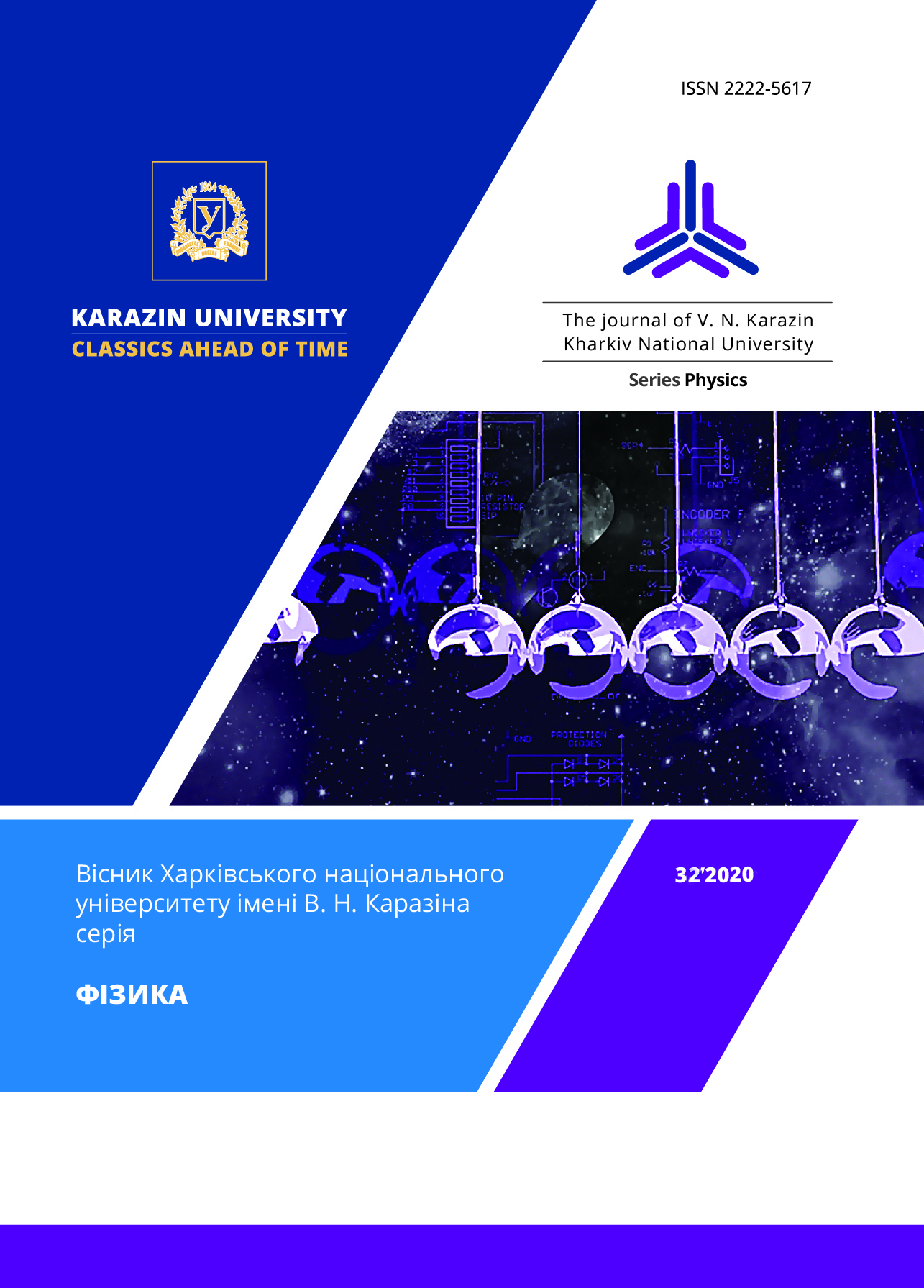Capillary (Laplace) pressure and superconductivity of nano-sized crystalline particles of semimetals
Abstract
The possibility to the superconducting state transition at temperatures close to room temperature for nanoscale crystals of bismuth and antimony semimetals, as well as their alloys is discussed. All physical reasoning, as well as the estimates given in the paper, are based on the classical thermodynamics laws, as well as on the quantum theory of superconductivity (BCS theory) conclusions, which is based on the idea of electrons "pairing" (the Cooper pairs formation) as a result of electron-phonon interaction.
It is shown that in nanocrystalline particles internal capillary compressive stresses act, the magnitude of which is sufficient for the transformation of semimetals into metals. This transition is accompanied by a change in the energy spectrum of electrons: "non-degenerate" semiconductors become metals in which the gas of "degenerate" electrons is characterized by a low Fermi energy. The latter circumstance causes an increase in the density of electronic states and enhances the electron-phonon interaction in metallized semimetals.
As the initial chemical elements from which superconducting compounds can be synthesized under pressure, substances that allow the "collectivization" of electrons can be used. The most suitable substances for this are elements of the fifth group of the periodic system Bi, Sb, As, graphite, etc. They are characterized by a slight overlap of the valence and conduction zones, which leads, on the one hand, to the fact that they remain high conductors of electricity up to the absolute zero temperature, and on the other hand, they have a significantly lower density of charge carriers compared to metals.
In addition, a specific structural state is formed in bismuth and antimony alloys at certain concentrations, which leads to a change in the nature of the phonon spectrum (the number of high-frequency phonons increases), which also enhances the electron-phonon interaction.
All these changes in the energy spectrum and structural state of semimetals make it possible for nanocrystals to transition to the superconducting state at a temperature of 300K.
Downloads
References
S. А. Nepijko, Fizicheskie svojstva malyh metallicheskih chastic, (Naukova dumka, Kiev, 1985), 248p. (С. А. Непийко, Физические свойства маленьких металлических частиц (Наукова думка, Киев)) [In Russian]
I.D. Morohov, L.I. Trusov, V.N. Lapovok, Fizicheskie yavleniya v ultradispersnyh sredah, (Energoatomizdat, Moscow, 1984), 224p. (И.Д. Морохов Л.И. Трусов В.Н. Лаповок, Физические явления в ультрадисперсных средах, (Энергоатомиздат, Москва)) [In Russian]
R.A. Andrievski, Jornal of Material Sciens, 38, p. 1367, (2003).
Yu. I. Boyko, Journal of V.N. Karazin Kharkiv National University Series Physics, 651, 8, 23, (2005). (Ю. И. Бойко, Вісник ХНУ імені В.Н. Каразіна, серія «Фізика», 651, 8, 23, (2005)) [In Russian]
Yu. I. Boyko, Journal of V.N. Karazin Kharkiv National University Series Physics, 651, 8, 79, (2005). (Ю. И. Бойко, Вісник ХНУ імені В.Н. Каразіна, серія «Фізика», 651, 8, 79, (2005)) [In Russian]
Yu. I. Boyko, V.V. Bogdanov, R. V. Vovk, Low Temperature Physics, 46, 5, р. 658, (2020).
J. Bardeen, L. N. Cooper, J. R. Schrieffer, Phys. Rev., 108, 1175, (1957).
D. C. Ralh, C. T. Black, M. Tinkham, Phys. Rev., 78, 4087, (1997).
V. M. Vinokur, T. I. Baturina, M. V. Fistul, A. Yu. Mironov, M. R. Baklanov, C. Strunk, Nature, 452, 613, (2008).
A. Ohtomo, H. Y. Hwang, Nature, 427, 423, (2004).
S.V. Nikolaev, К. N. Yugaj, GETF, 129, 371(2006).
P. S. Laplace, Celestial Mecyanics, 4. (Chels. Publ., Bronks, New York, 1966).
М.P. Slavinskij, Fiziko-himicheskie svojstva elementov. (Izd. "Cvetnoj metallurgii", Moscow, 1952), 763p. (М.П. Славинский, Физико-химические свойства элементов. (Изд. "Цветной металлургии", Москва)) [In Russian]
А.S. Davydov, Teoriya tverdogo tela, (Nauka, Moscow, 1976), 639p. (А.С. Давыдов, Теория твердого тела, (Наука, Москва, 1976)) [In Russian]
M. Somayazulu, M. Ahart, A.K. Mishra, Z.M. Geballe, M. Baldini, Y.Meng, V.V. Struzhkin, R.J. Hemley, Phys. Rev. Lett., 122, 027001, (2019).
Ya.F. Ugaj, Fazovoe ravnovesie megdu fosforom, myshyakom, surmoj i vismutom, (Nauka, Moscow, 1989), 233p. (Я.Ф. Угай, Фазовое равновесие между фосфором, мышяком, сурмой и висмутом, (Наука, Москва)) [In Russian]
А.N. Doroshenko, Thesis, Kharkov, (2019), 184 p. [In Russian]
K. Malik, D. Das et all., J. Appl. Phys., 112, 083706, (2012).
D. Stauffer, A. Aharony, Introduction to Percolation Theory, (Taylor and Francis, Washington, 1992), 127p.








3.gif)
